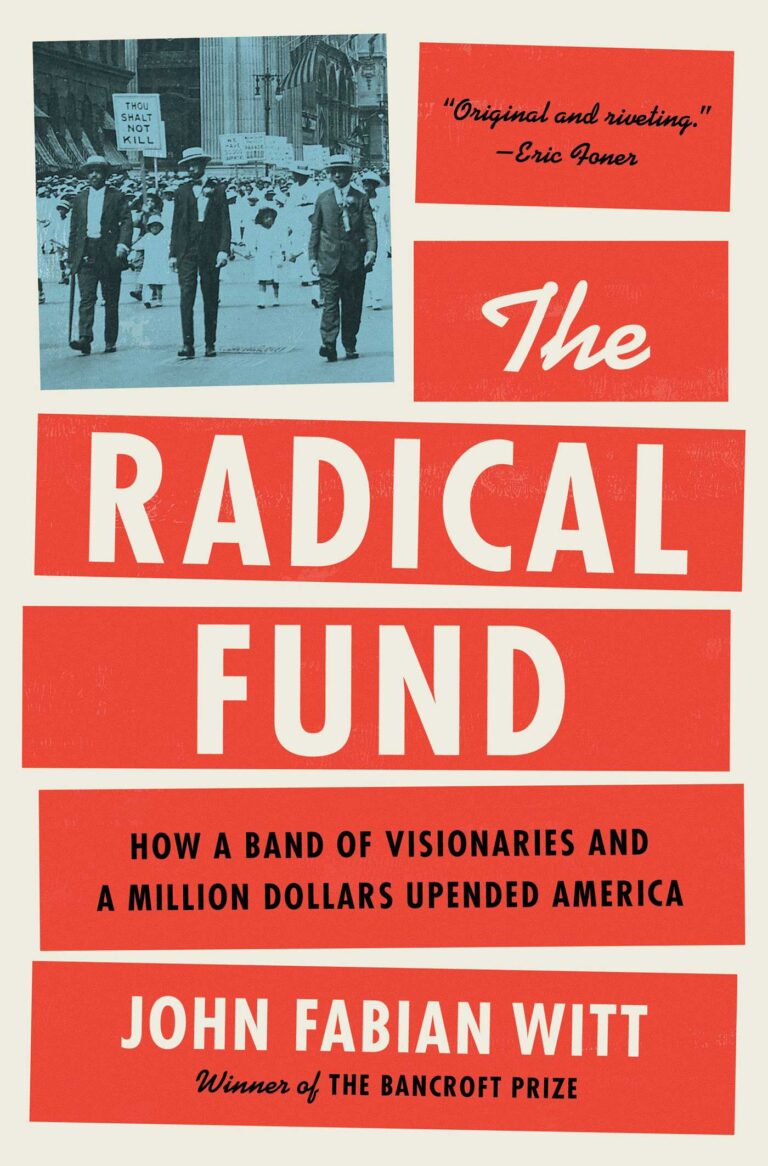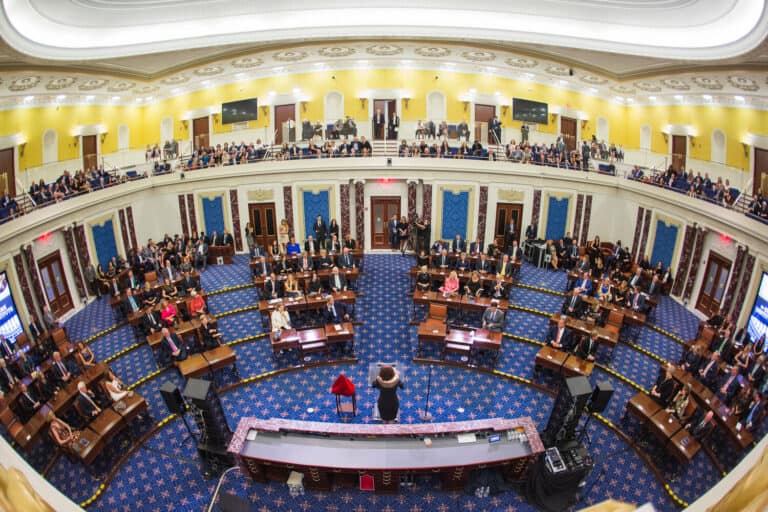In a report released on Friday, the Department of Labor announced that 2.95 million jobs were added in 2014 and the national unemployment rate decreased to 5.6 percent in December from 5.8 percent in November. Job creation took place largely in temporary help, construction, professional services, transportations, and hospitality.
Although many hailed the report as good news, the report also called attention to troubling trends in the economy. First, although drops in unemployment usually correspond with increases in demand for labor and increased wages, the report shows that wages have remained flat. Furthermore, the Center for American Progress reports that, although job creation usually leads to increases in the labor force, the labor force has steadily declined since the end of the recession and is now as low today as it was in the late 1970s, when women were entering the labor force for the first time. Although one explanation for the decline in labor-force participation is the fact that Baby Boomers are aging into retirement, the employment-to-population ratio is likely below normal for reasons that go beyond the aging of American citizens. Additionally, state-government employment is 1.2 percent below 2009 figures and state jobs have grown just 0.4 percent in the last year. Finally, quit rates, which indicate labor market health by measuring the ability of workers and firms to select for better, more productive matches, remain low.
Next week, thousands of Kaiser Permanente nurses will go on a two-day strike to protest the state of their pay, training, resources, and equipment. According to the California Nurses Association, the two-day strike will take place at Kaiser clinics and hospitals in northern and central California and the walkout will involve roughly 18,000 nurses and nurse practitioners. The strike will closely follow a strike this week by mental health workers who will be protesting Kaiser’s failure to hire more mental health clinicians to meet patient needs.
The California Supreme Court ruled earlier this week that employees required to be on call at a worksite must be compensated for all of their hours, including sleep time. In 2008, security guards who had been required to be on call at their worksite and to respond to disturbances should the need arise brought two class actions against CPS Security Solutions, a security contractor. Using a seven-factor balancing test, the state supreme court concluded that the plaintiffs’ on-call time constituted hours worked and was subject to minimum wage and overtime provisions.
Last week, the City of Chicago expanded the coverage of Illinois’ “ban the box” law to city employees. The city voted to make Illinois’ Job Opportunities for Qualified Applicants Act, which prohibits pre-screening of an applicant’s criminal record until the applicant has been determined qualified for the position, applicable to private employers licensed in and/or maintain a business facility within city limits and that have fewer than 15 employees and to a number of city government agencies. The ordinance includes an exception for EMS applicants and for employers subject to state or federal laws requiring applicants with certain criminal convictions to be excluded from employment.
In the United Kingdom, the Prime Minister David Cameron’s Conservative Party announced that it would introduce tough strike laws for some public service workers if it wins the general election in May. The laws would place a statutory limit on trade unions from organizing strikes where they lack the support of at least 40 percent of their members. Currently, a strike can go forward if most workers who take part in a ballot vote in favor, regardless of turnout. Patrick McLoughlin, a Member of Parliament and a former member of the National Union of Mineworkers, announced the proposed regulation in an article for The Telegraph, arguing that union leaders have been “holding Britain to ransom.” McLoughlin also noted that, of the 102 strike ballots held since 2010, nearly two-thirds failed to attract even half of the workforce. Many unions, who vehemently oppose the bill, have noted pointedly that Cameron received only 36 percent of the vote in the 2010 general election on a turnout of 65 percent.






Daily News & Commentary
Start your day with our roundup of the latest labor developments. See all
November 4
Second Circuit declines to revive musician’s defamation claims against former student; Trump administration adds new eligibility requirements for employers under the Public Service Loan Forgiveness program; major labor unions break with the AFGE's stance on the government shutdown.
November 3
Fifth Circuit rejects Thryv remedies, Third Circuit considers applying Ames to NJ statute, and some circuits relax McDonnell Douglas framework.
November 2
In today’s news and commentary, states tackle “stay-or-pay” contracts, a new preliminary injunction bars additional shutdown layoffs, and two federal judges order the Trump administration to fund SNAP. Earlier this year, NLRB acting general counsel William Cowen rescinded a 2024 NLRB memo targeting “stay-or-pay” contracts. Former General Counsel Jennifer Abruzzo had declared that these kinds […]
October 31
DHS ends work permit renewal grace period; Starbucks strike authorization vote; captive-audience ban case appeal
October 30
Sweden’s Tesla strike enters its third year; Seattle rideshare drivers protest Waymo’s expansion in the city.
October 29
9th Circuit rejects challenge to NLRB's constitutional structure; preemption challenges to state labor peace statutes